Wiha Hand tools
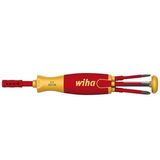

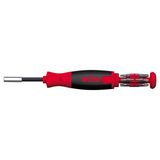

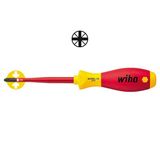


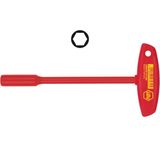
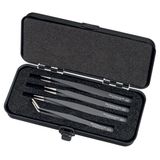
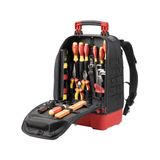

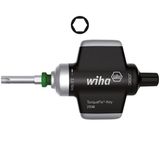


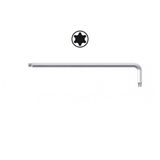
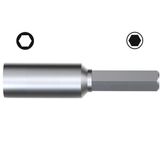

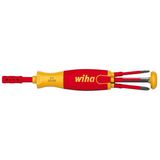

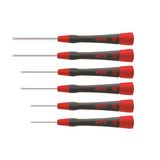
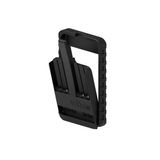
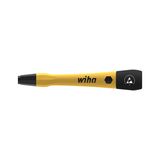

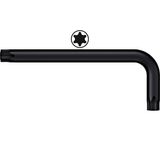
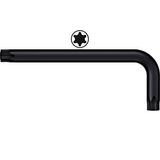

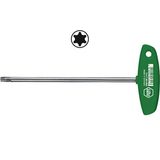
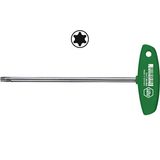


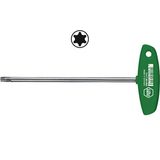


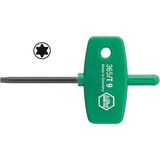

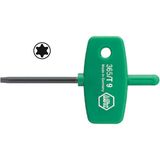
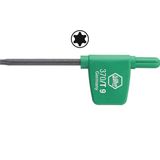
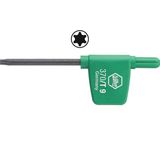


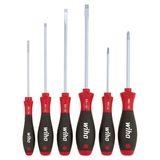
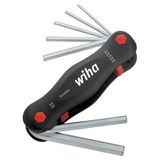
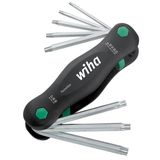



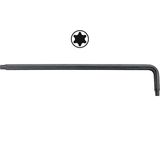
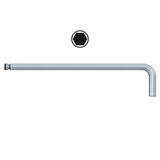

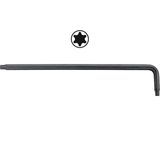
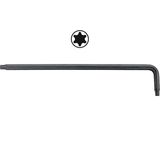
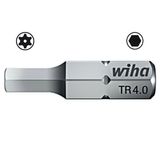

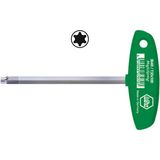
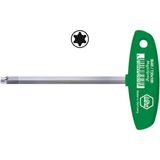
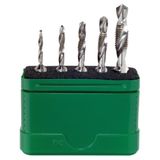

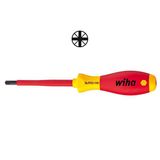


wiha hand tools overview for panel shops and installers
This category groups the everyday kit that keeps builds moving on time and within spec. Wiha structures the range by task flow—cut, strip, terminate, tighten—and by duty class for bench assembly versus field service. Core families cover precision drivers, interchangeable blade systems, cutters and shears, compact ratchets and nut setters, plus calibrated drivers for terminals. Typical buyers are control panel builders, OEMs, contractors and MRO teams that want repeatable results, documented torque, and spares that match last year’s projects.
wiha screwdrivers ranges and tip systems
Expect terminal-size slotted, Phillips and Pozidriv for rails, plus Torx and hex for devices and enclosure hardware. Interchangeable slim blades reach dense rows; laser-etched tips bite into the screw head to cut cam-out. Stubby and extra-long forms solve shallow doors and deep recesses. VDE tested variants cover live-adjacent tasks on 230 or 400 V cabinets. Fast movers on most builds are terminal blades, Torx sets for drives, and combo packs with wall racks for vans and benches.
Product range and series overview
- Precision handles with micro blades for PCB and instrument work.
- Interchangeable blade kits for fast bit changes and lower van inventory.
- Ratcheting bit drivers for tight spots between DIN rails and wire duct.
- Nut setters and deep sockets for enclosure studs and earth posts.
Most distributors stock singles for replacements and curated rolls that cover day-one needs for a new crew.
wiha insulated tools for live-adjacent work
Insulated VDE drivers, pliers and strippers protect crews during troubleshooting and commissioning. Look for 1000 V markings, slim profiles that still clear terminal shrouds, and grips with anti-roll flats so tools do not slide off door skins. Field teams standardise one insulated set per van; bench teams keep a second set for FAT and audit photos.
wiha torque screwdrivers for repeatable terminations
Torque control keeps terminals within specification and reduces heat-run rework. Pre-set and adjustable models cover common ranges for spring and screw-clamp terminals; audible and tactile release confirms the value. Color rings match shop torque charts, and certificates support QA. Most installers keep one low-range driver for I O and one mid-range for power terminals.
Key features and ordering specs that matter
- Ergonomics that cut fatigue on long shifts; soft-grip handles and short throw ratchets.
- Replaceable cutter jaws and stripper blades; stores hold one spare set per five tools.
- Bit and blade color coding that mirrors fastener families for quick picks at the bench.
- Tool steels and coatings tuned for long life; drop-tested grips tolerate site use.
- Packaging designed for kitting: singles for replenishment; roll sets for new technicians.
- Stock logic: drivers and cutters in singles, torque and insulated sets in kits with pouches.
Applications and compatibility
Use across control cabinets, MCC corridors, packaging lines, HVAC rooftops and test benches. Driver profiles match terminal screw heads, torque values align with terminal maker charts, and slim blades clear push-in clamps without nicking insulation. For basket building, add terminal blocks, ferrules, DIN rails, cable glands, wire duct, markers and 24 V power supplies so a crew can cut, terminate and verify in one visit. On project drawings these often sit with wiha pliers and cutters to keep replenishment clear.
Integration with other brand categories
Square ferrule crimps seat cleanly in push-in terminals when torque is correct; jacket strippers expose braid lengths that fit shield clamps at gland plates. Deep sockets pair with enclosure studs; right-angle bit ratchets help behind DIN-rail PSUs. Cross-link to Weidmüller terminal blocks, DIN rails, cable glands and marker systems to complete the bench and keep clamp geometry and labeling consistent.
Selection criteria for B2B buyers
- Work profile. Bench assembly favors torque drivers and automatic strippers; field crews need compact cutters, a small ratchet set and insulated pieces.
- Access and space. Fine-tooth ratchets and stubby drivers win in shallow doors; long blades reach deep actuator blocks.
- Conductor range. Choose strippers and shears for your common 0.5–10 mm², plus one tool for occasional 16–50 mm² feeders.
- Environment. Stainless or coated tips in corrosive zones; insulated handles for live-adjacent checks.
- Calibration and QA. Specify torque certificates and serialized handles when audits require traceability.
- Kit completeness. Order blades, spare jaws, socket fillers and a terminal torque driver together—missing smalls cause build holds.
Advantages of working with Bankoflamps
You get individual B2B pricing and custom offers, a personal account manager, and real-time stock across EU warehouses. Quotes land fast, about an hour. Ordering by EAN or MPN is straightforward with downloadable, always-current price lists. We provide lead-time tracking, order-status updates and purchase-history analytics, and—if approved—post-payment up to 30 days. We consolidate shipments to cut freight with stable, date-valid pricing. We serve France, the Baltics, Germany, Spain, Italy, Belgium and the Netherlands.